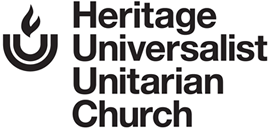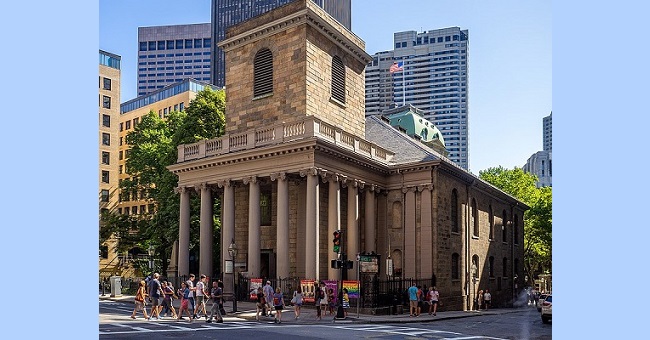by Mike Roberts, Church Historian
Because our roots lie in the Universalist faith, much of the focus on the history of our church involves exploring that faith. Last spring, a lot of ink was spent on telling the story of John Murray and the first Universalist Church to congregate in America. However, we have been the Universalist Unitarian faith since 1961 and perhaps we should spend a little ink on exploring the roots of the other half of our conjoined faith.
Unitarianism actually can be traced back to the period after Christ’s death when the apostles tried to spread the faith throughout the Mediterranean world. Many individual sects of Christianity which evolved from this evangelical movement viewed Christ as a messenger of God or perhaps his son but not a God himself. These beliefs persisted until the Nicene Creed was adopted as the sole theology of the Christian church in 325. It professed a Holy Trinity and Unitarian thought was suppressed across the Western world. It persisted in some small enclaves but always at the risk of persecution and death. Those who rebelled against the beliefs of the larger church did so at the risk of their lives.
Over a thousand years later, as the Reformation began to explode in Northern Europe, several groups of Unitarians appeared in Poland and Rumania. At the same time, similar theology sprang to life in England and the rest of the British Isles. Nonetheless, it was not sanctioned by the state churches and its growth was inhibited. In the late 1700’s religious freedom was widened by Parliamentary law and the first formal Unitarian churches appeared in England and in other sites across Europe. Just as with Universalism, the concept of Unitarian faith spread to the American colonies and the first American Unitarian Church, King’s Chapel, was started in Boston. The Unitarian building was originally constructed and occupied by Episcopalians but was converted to Unitarian worship in 1785. It closely maintained Episcopalian belief and worship except for the abandonment of the Holy Trinity. The church is still in existence in downtown Boston and is a fine example of colonial architecture. It is now a member church of the Unitarian Universalists.
Unitarianism flourished in the newly created United States of America. Three of its first six presidents—John Adams, John Quincy Adams, and Thomas Jefferson—were Unitarians. Philosophical thought bloomed among the many Transcendentalists who associated with the Unitarian movement in the middle years of the 19th century. Among those who identified with the church were Louisa May Alcott, Ralph Waldo Emerson, Edward Everett Hale, Oliver Wendell Holmes, Julia Ward Howe and Herman Melville.
While Universalism differed from its Christian roots in the belief of universal salvation, the Unitarian Church practiced as a Christian religion except for the belief in the Holy Trinity. Both churches were widely attacked by mainstream Christian religions and their leaders. Also like Universalism, Unitarianism spread to the frontiers of America from its New England roots. Unitarian churches were opened here in Cincinnati and that is where we will continue the story next month.
Image: King’s Chapel in Boston, America’s first Unitarian church.
Image courtesy of Ajay Suresh via Wikipedia.

